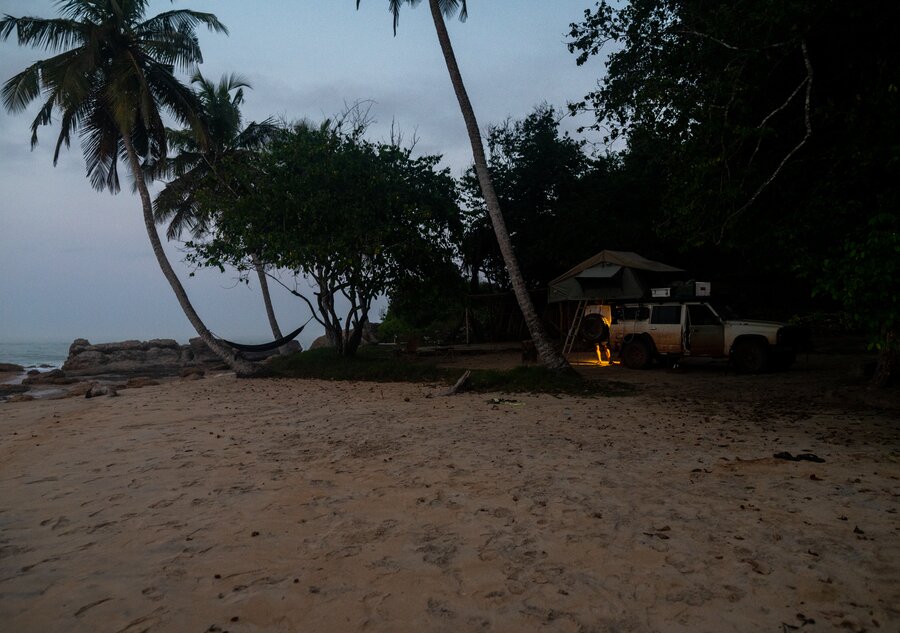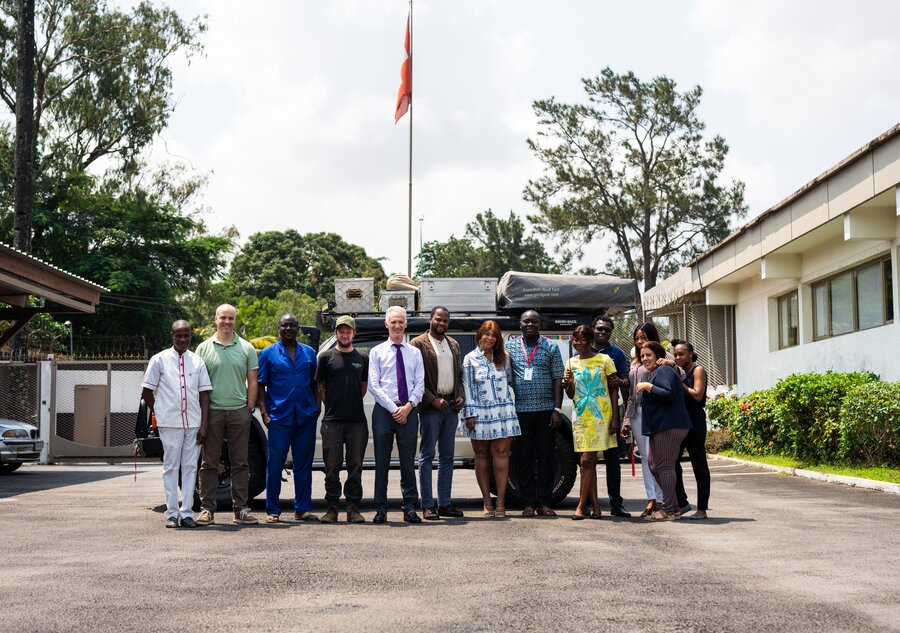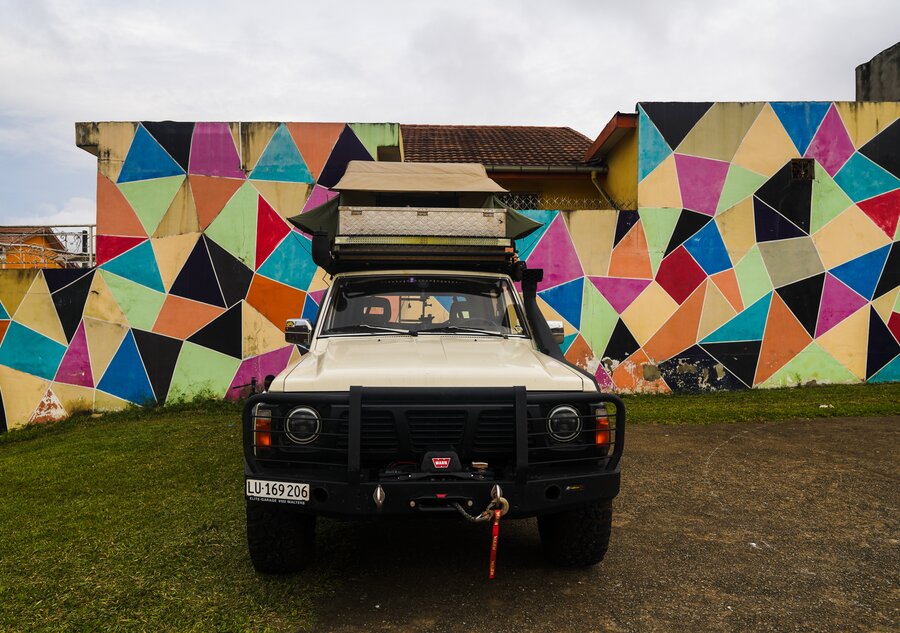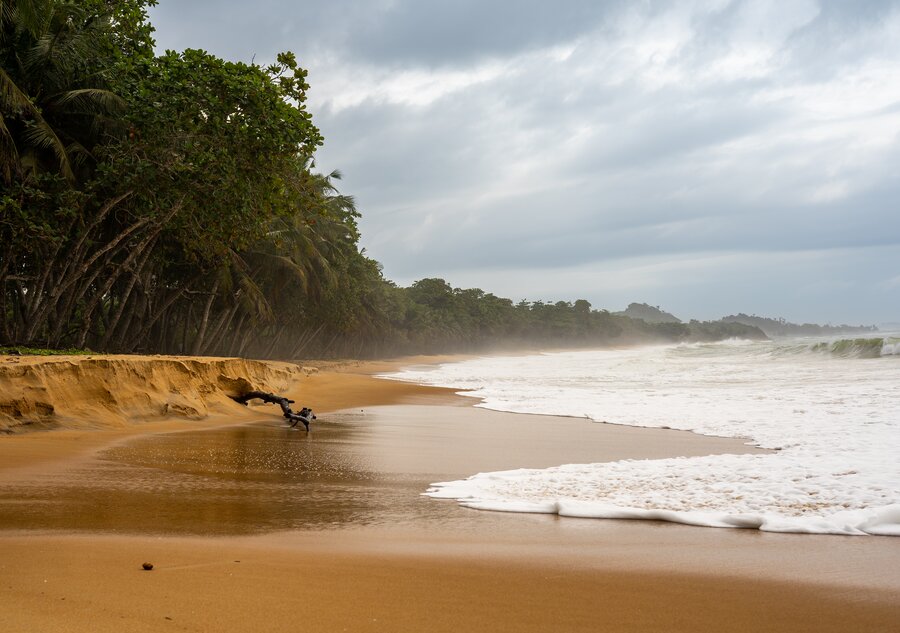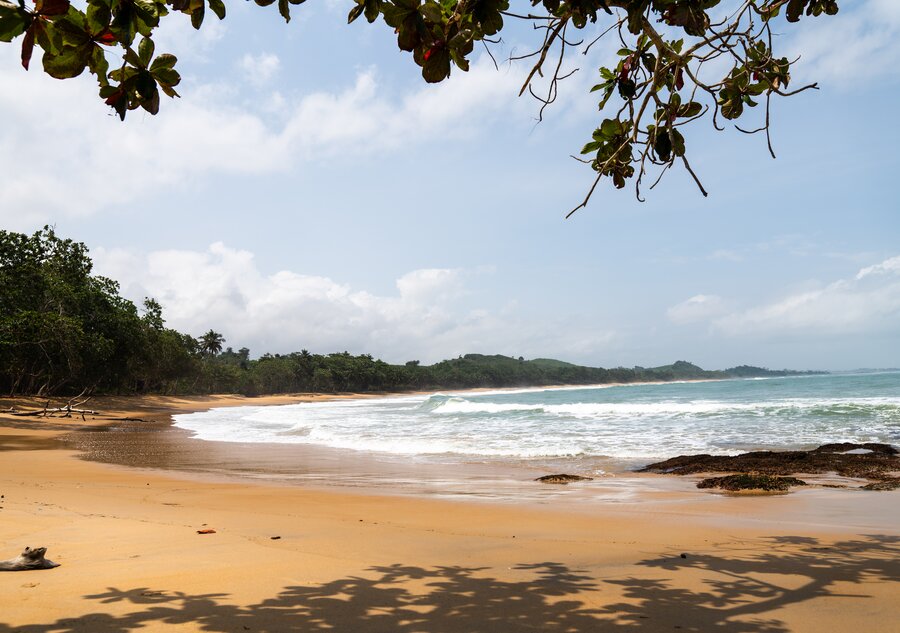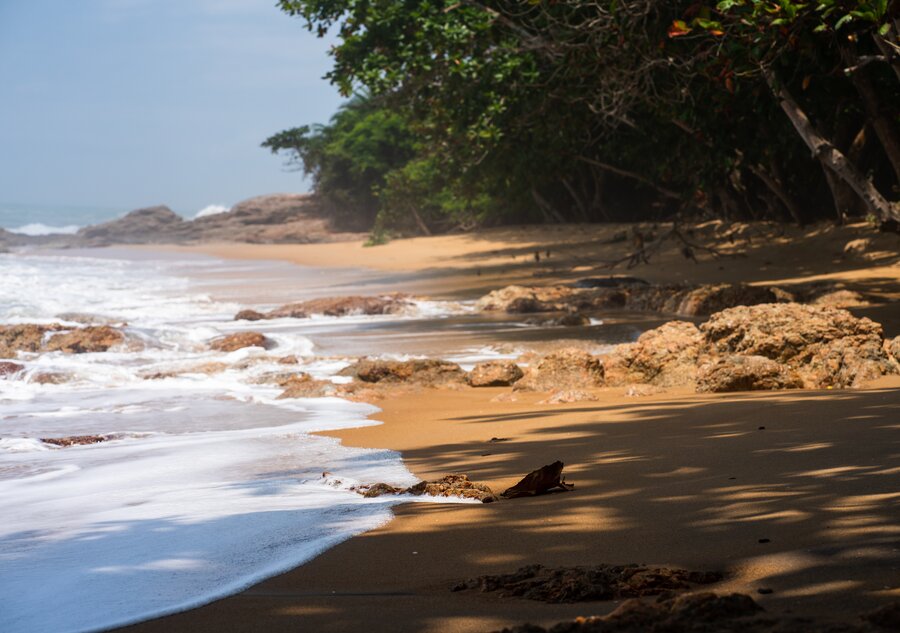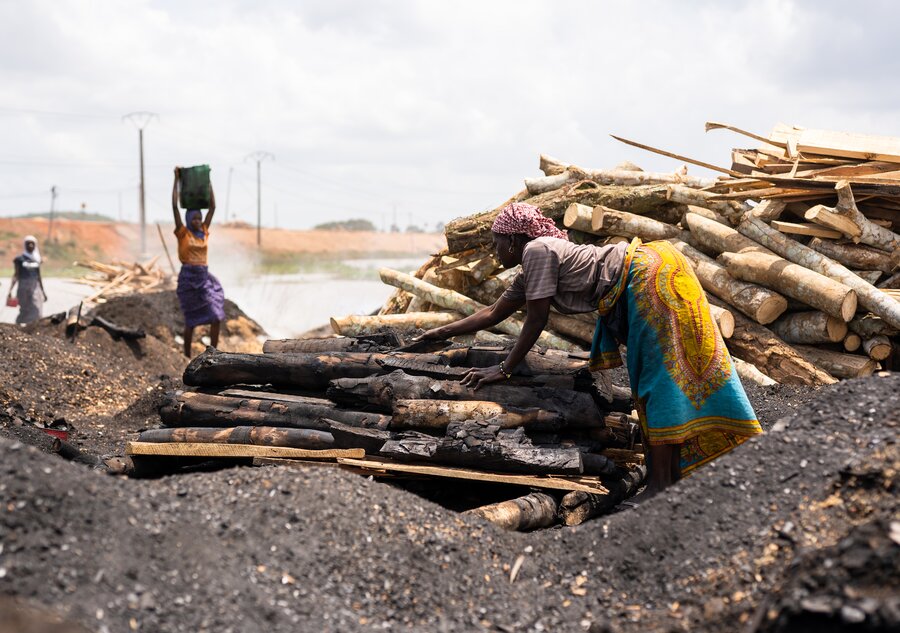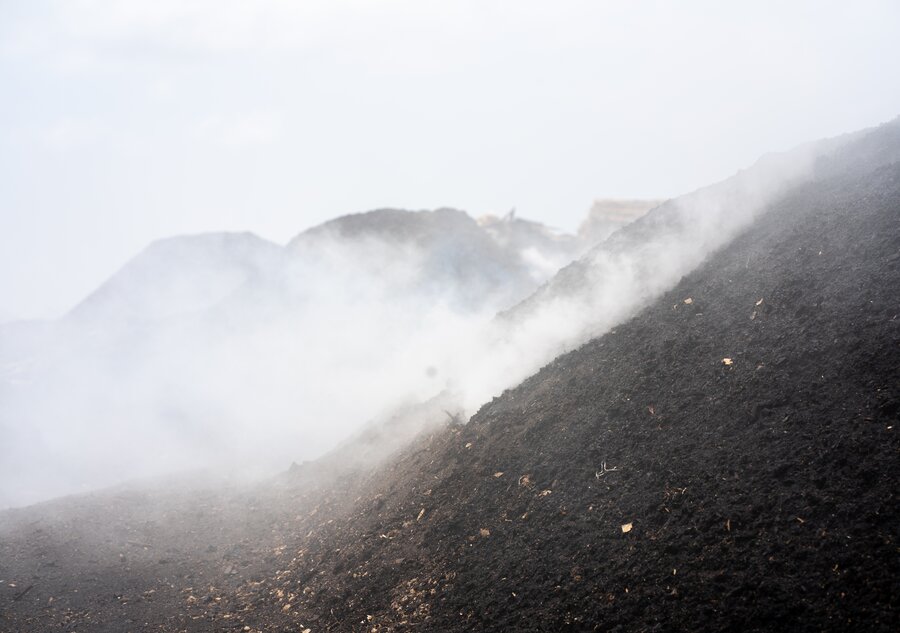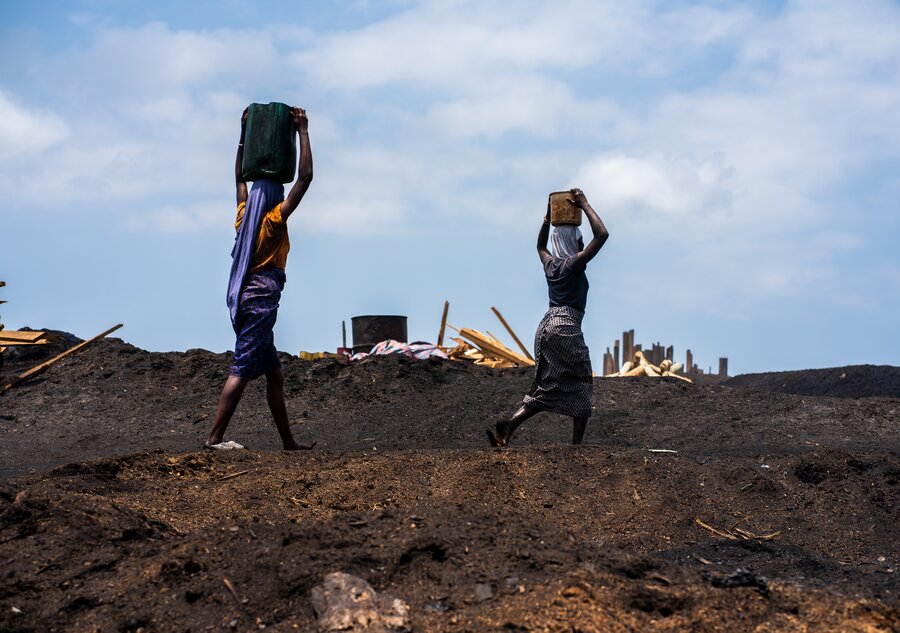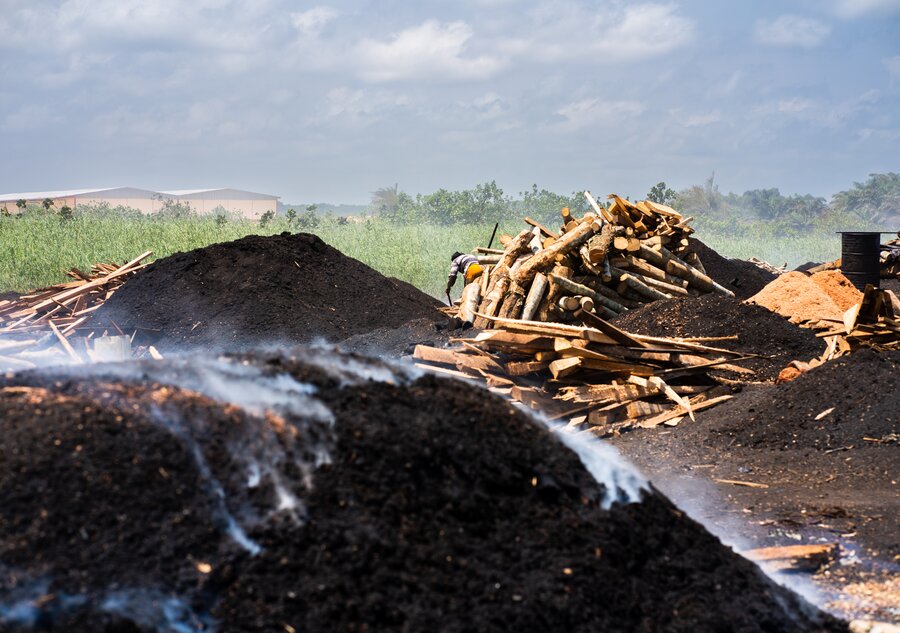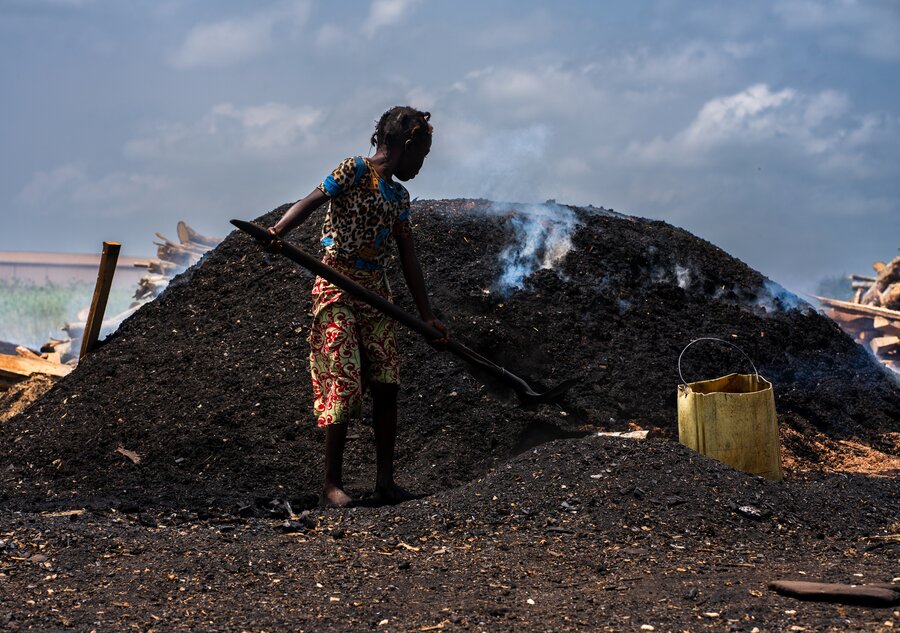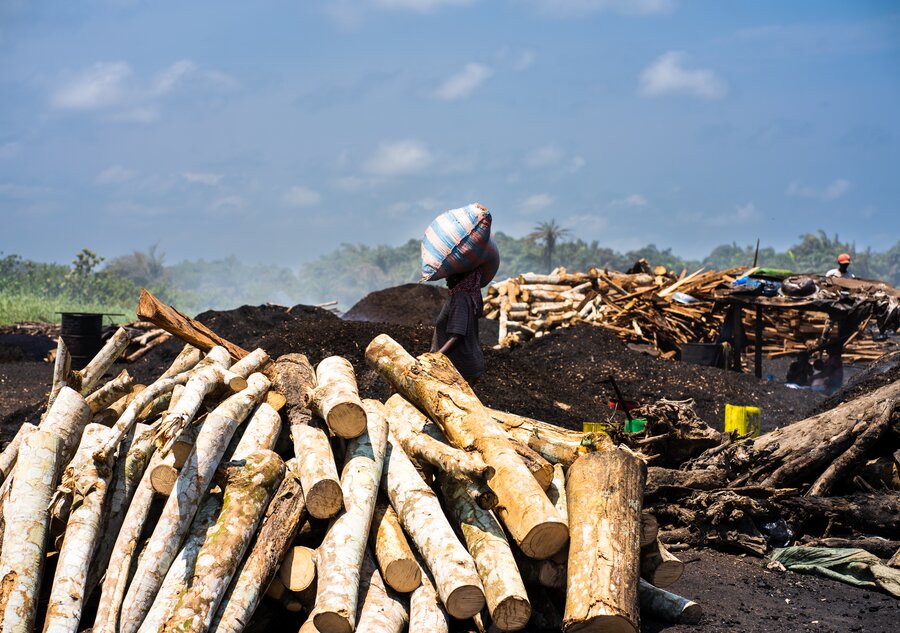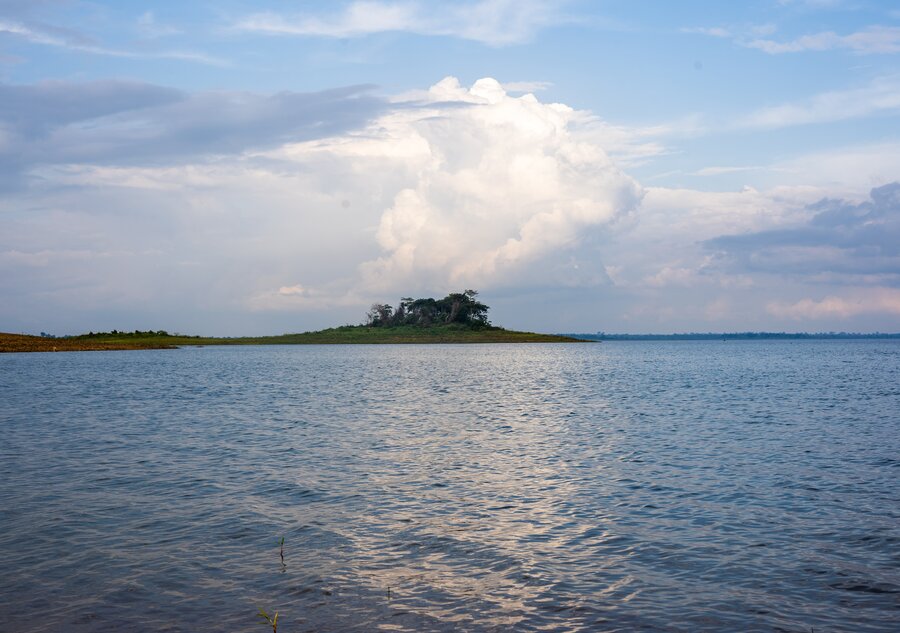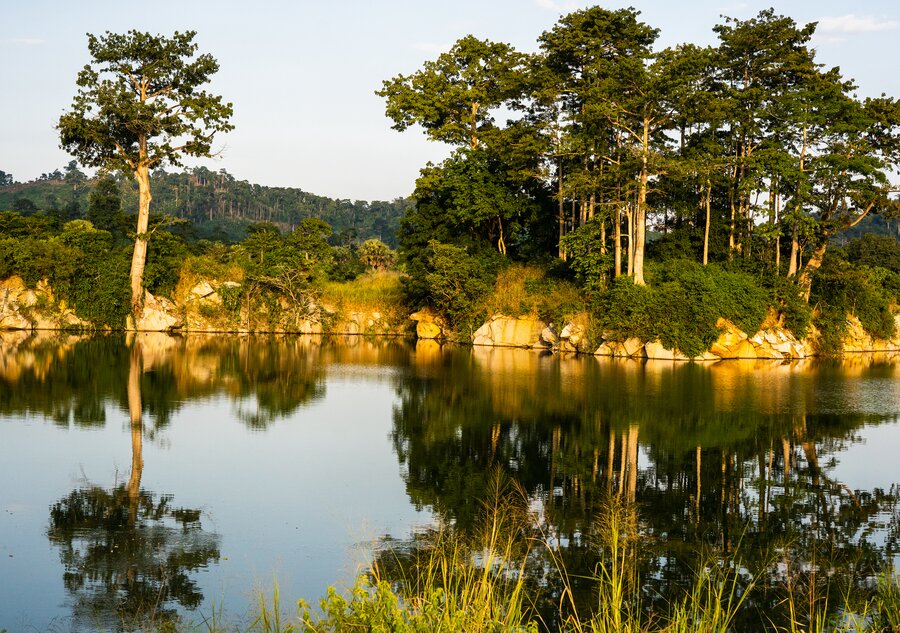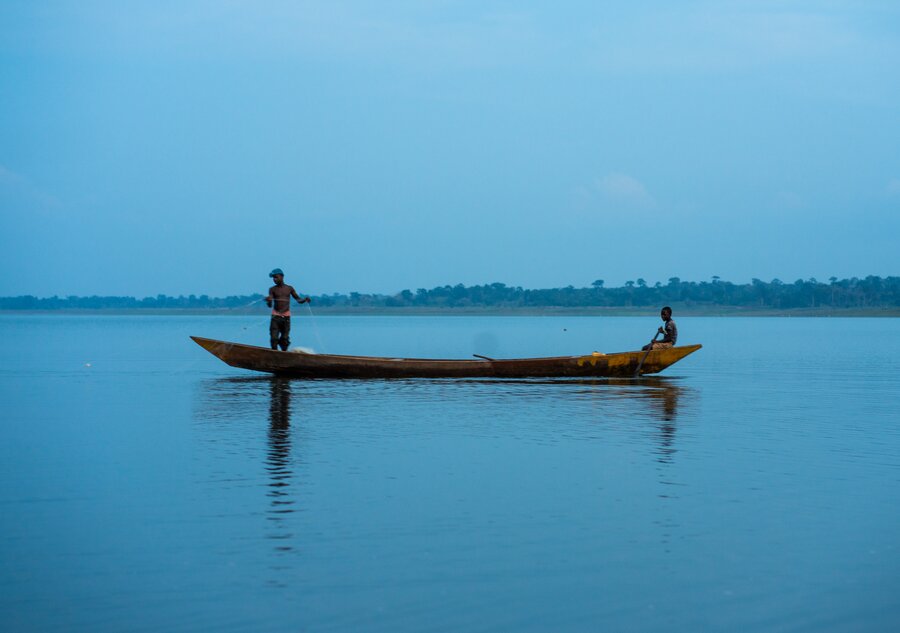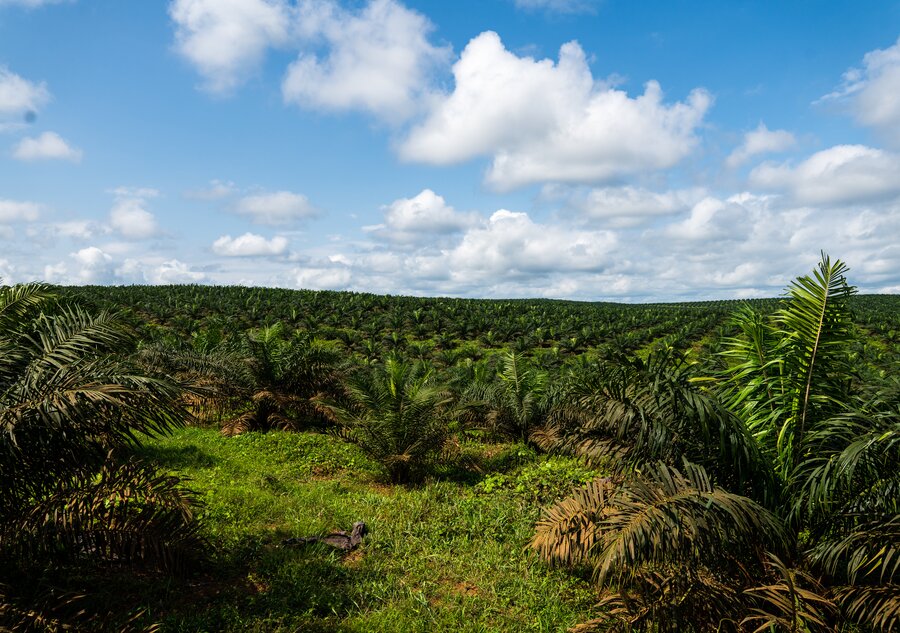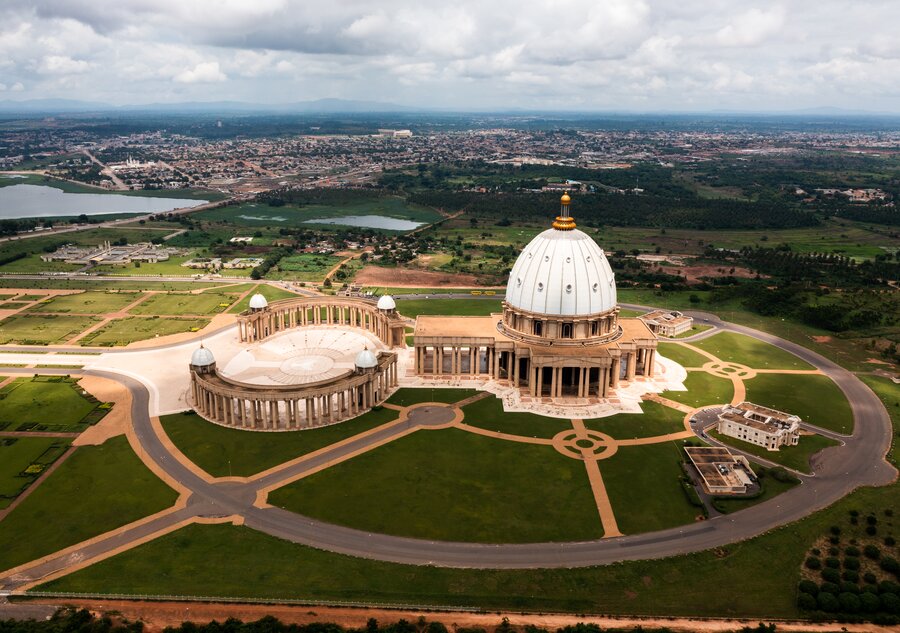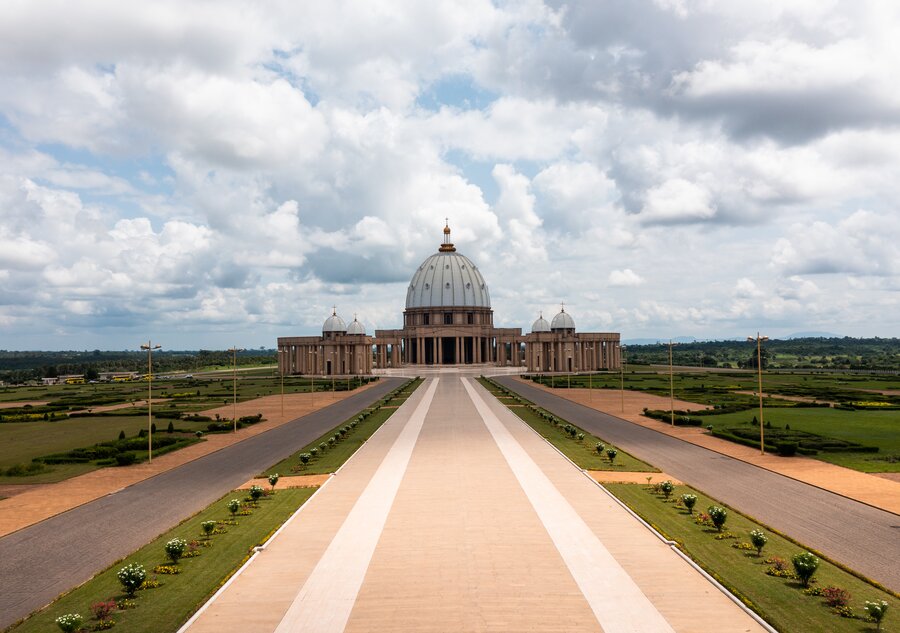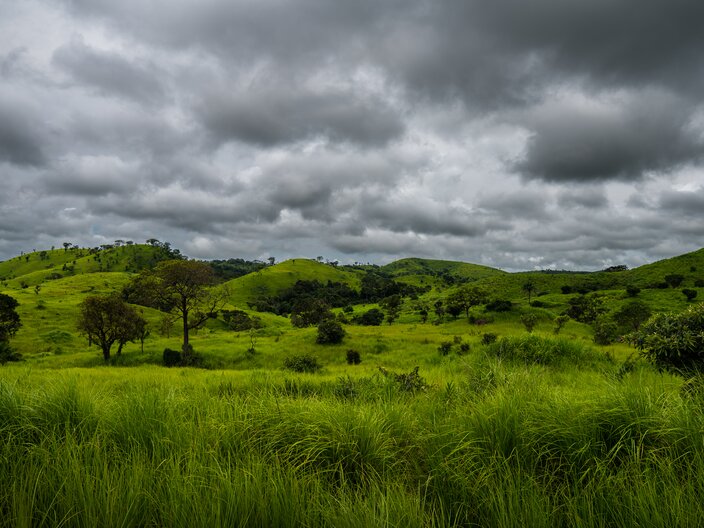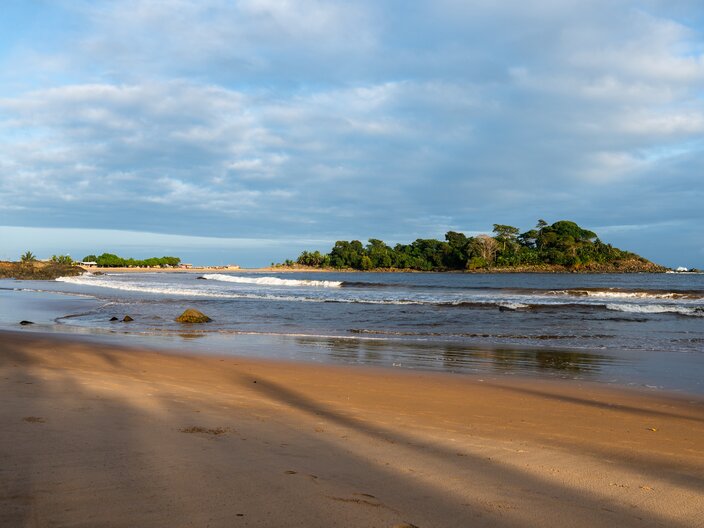We reached the remote beach in San Pedro deep into the night. Under our big headlights, we did our best to set up our camp so that we would not be suddenly washed away at high tide. When we got out of the tent the next morning, we were welcomed by a sight we had never dreamed of. A beautiful, completely untouched bay and we were the only people.
We decided to stay here for a few days, as we had plenty of supplies and we simply felt so comfortable here. We allowed ourselves to take were a holiday from our travels.
Soon, we encountered a local crab hunter, who showed us his catch almost daily and also sold us what we needed. The local villagers also quickly noticed that there were two white people camping on the beach and they visited us occasionally. They helped us with errands, the preparation of the crabs and simply wanted to talk to us. We enjoyed their unobtrusive presence very much. They came with their children and wives, told us about their lives, the hardship of everyday life. They wanted to hear our story and were grateful to have met us – the feeling for us was entirely mutual.
It was with heavy hearts, that a week later, we left this beautiful place and set out to discover other parts of the country.
Republic of Côte d'Ivoire
We were amazed and delighted as we drove into the Ivory Coast. Suddenly there were no more potholes, the roads had markings and speed limit signs indicated how fast we were allowed to drive. The Ivory Coast most definitely lived up to its reputation as one of the most developed countries in West Africa.
Abidjan - the capital - is modern, very clean by African standards and has a wide range of shops and workshops. Finally, Dötnius got a proper wash.
The coast is lined by kilometers of breathtakingly pristine beaches. By far the most beautiful on our journey so far. Given this positive impression, we decided to linger stay a little longer on one of the beaches and let this part of Africa work its magic on us.
Since we had outpaced the rainy season in Guinea, there was only very sparse rain during our time in the country. Nevertheless, Côte d'Ivoire is also an extremely green and fertile country.
San Pedro Fairytale Beach
Strong women - The charcoal burners
Coal is widely produced throughout sub-Saharan Africa. Driving thousands of kilometers we saw both wood and ready-packed coal being sold along the roadsides. In Guinea, we also met truck drivers responsible for transporting finished coal. However, we had not been aware until this trip of the vast scale of the charcoal industry in Africa.
Most of the charcoal fields we had seen so far were fairly modest. However, in the south of Côte d'Ivoire, in the outskirts of a big city, we discovered, for the first time, a huge charcoal field with hundreds of burning charcoal piles. We were curious and went to have a closer look at the field.
We found only women and young girls working this difficult, laborious, and certainly unhealthy job of tending the charcoal piles. We talked to them and learned how proud they were to do this work. It is hard, but it gives them independence. A feeling and a condition that has special meaning in Africa where the family is governed by a wholly patriarchal system.
We stayed with the women for a few hours. Watched them at work and had lively conversations with them. We are still overwhelmed by the warmth and openness we experienced from and with these charcoal burners. They are an inspiration to us and their words will stay with us for a long time.
untouched nature and monoculture plantations
Côte d'Ivoire is a country of scenic contrasts. Hundreds of kilometers of magnificent beaches, green landscapes in the interior, but then also extremely large banana and palm plantations - monocultures in their purest form.
These plantations are expanding and as they do so the small farmers are bought out and expropriated. Mass production was already on the advance during French colonial rule and has continued to become ever more pervasive since independence.
largest sacred building in the world - Notre-dame-de-la-paix
In the capital Yamoussoukro we visited the monumental basilica "Notre-Dame-De-La-Paix". It is the largest sacred building in the world and no doubt surpasses its architectural model - St. Peter's Basilica in Rome - in all respects. The building was built and financed by the first president of the Ivory Coast, Félix Houphouët-Boigny. Impressive to see and experience, but also simply an expression of a megalomaniac president who enriched himself from his country and financed such an undertaking with stolen money. Who is actually benefits from such a profession of faith in the hard life of the largely poor population was, and remains, beyond us.


